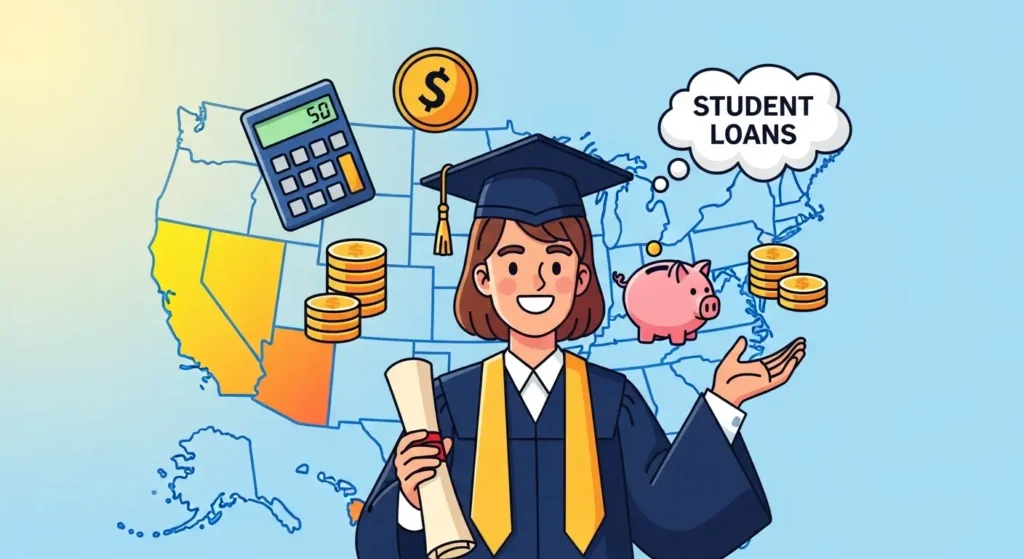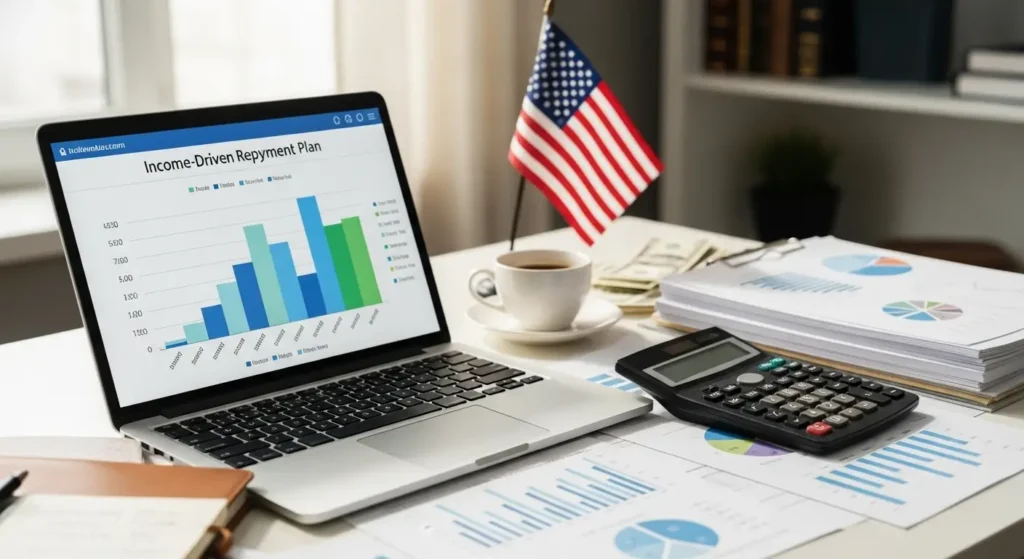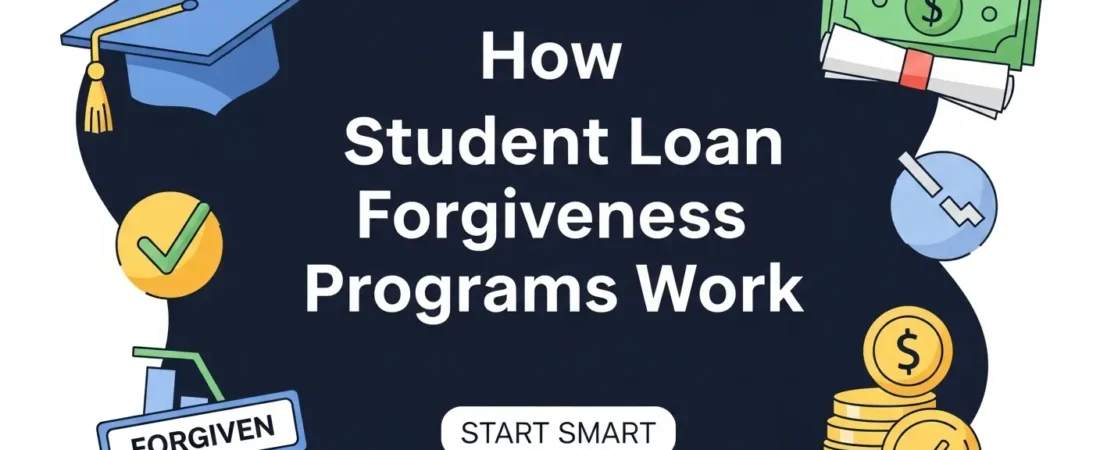How Student Loan Forgiveness Programs Work | Start Smart; For many Americans, a college degree is a path to a better life, but it often comes with a heavy price tag: student loan debt. The idea of having that debt completely wiped out can sound too good to be true. While it is not a solution for everyone, understanding how student loan forgiveness programs work is the first step toward seeing if you qualify.
These programs require long-term commitment and planning but can provide real relief if you meet the requirements.
Public Service Loan Forgiveness (PSLF)
The Public Service Loan Forgiveness program is designed for individuals who dedicate their careers to public service. To qualify, you must:
- Work full-time for a U.S. federal, state, local, or tribal government OR a non-profit organization.
- Hold Direct Loans.
- Make 120 qualifying monthly payments under a qualifying repayment plan.
After meeting these conditions, your remaining balance is forgiven. This isn’t luck—it’s a system to reward long-term service.

Teacher Loan Forgiveness
This program is specifically for teachers working in low-income schools. If you teach for five consecutive years, you may qualify for up to $17,500 in forgiveness on Direct Subsidized and Unsubsidized Loans.
This program is built for educators who commit to underserved communities.

Income-Driven Repayment (IDR) Plans
Income-Driven Repayment plans adjust your monthly payments based on income and family size. After 20–25 years of payments, your remaining balance is forgiven.
Key notes:
- Forgiven balances may be considered taxable income.
- While they lower payments, they may extend loan terms and increase interest paid.

Understanding the Fine Print
Every forgiveness program has specific rules. Many apply only to federal loans—not private ones. You must also be enrolled in the correct repayment plan, or your payments won’t count.
👉 Always confirm with your loan servicer that you’re on the right track.

Final Thoughts & Resources
For borrowers, learning how student loan forgiveness programs work provides a light at the end of the tunnel. These options are not quick fixes but powerful tools for long-term financial freedom.
Tips to move forward:
- Focus on proven federal programs.
- Avoid scams that promise instant forgiveness.
- Use forgiveness as part of a bigger financial plan.
👉 Internal Resource: Millennial Money Moves: Navigating Mutual Funds for the …
👉 External Resource: Student Loan Forgiveness Overview – Forbes Blog
